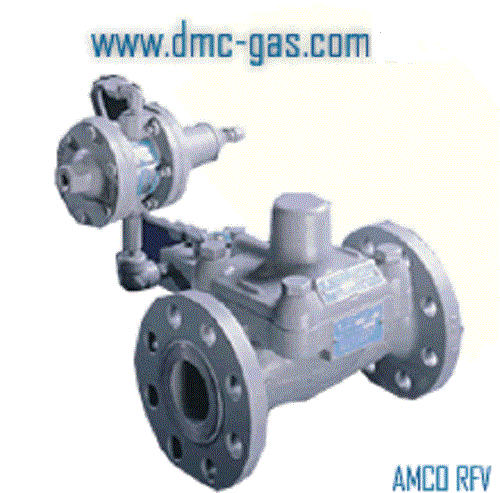

The capacities shown in this bulletin are the maximum capacities of the valve only in the full open condition, Actual capacities of the valve in the regulating or relief mode are a function of downstream piping, and the gas velocity.
Good engineering practive suggests sizing the load below the maximum capacity of the valve. Recommended sizing is Operating Temperature Range : -20o F to +150o F (Based on Hydrin Diaphragm)
Rated Working Pressure: ANSI Class 150/ 300 L _ P=60 PSIG
ANSI Class 150 = 285 PSIG
ANSI Class 300 = 740 PSIG
ANSI Class 600 = 1480 PSIG
SIZING INSTALLATION PIPING
Good engineering practice suggests that gas velocity should be considered when sizing pipe in order to minimize noise and frictional pressure losses. In order to achieve the capacities listed in the proceeding tables, the inlet and outlet piping must be sized to limit the gas velocity to 500 ft ./sec. When noise is a consideration, it is common to limit the gas velocity in the pipe to 200 ft ./sec. Gas exit velocities can be reduced to an acceptable level by expanding the outlet piping via a 15 degree included angle cone.
When sizing the Radial Flow Valve for relief valve service, the inlet and outlet piping must be at least as large as the relief valve. When using outlet piping of the same size as the relief valve, the length of the outlet piping must not exceed 20 pipe diameters.
The following two equations may prove useful in determining gas velocity and pipe size.
American Meter Company is committed to a program of continuous quality enhancement. All equipment designed and manufactured by American Meter Company benefits from the company's quality assurance stantards, which are approved or pending approval to ISO 9001.
American Meter Company has a program of continuous product development and improvment and therefore the information in this bulletin is subject to change or modification without notice.